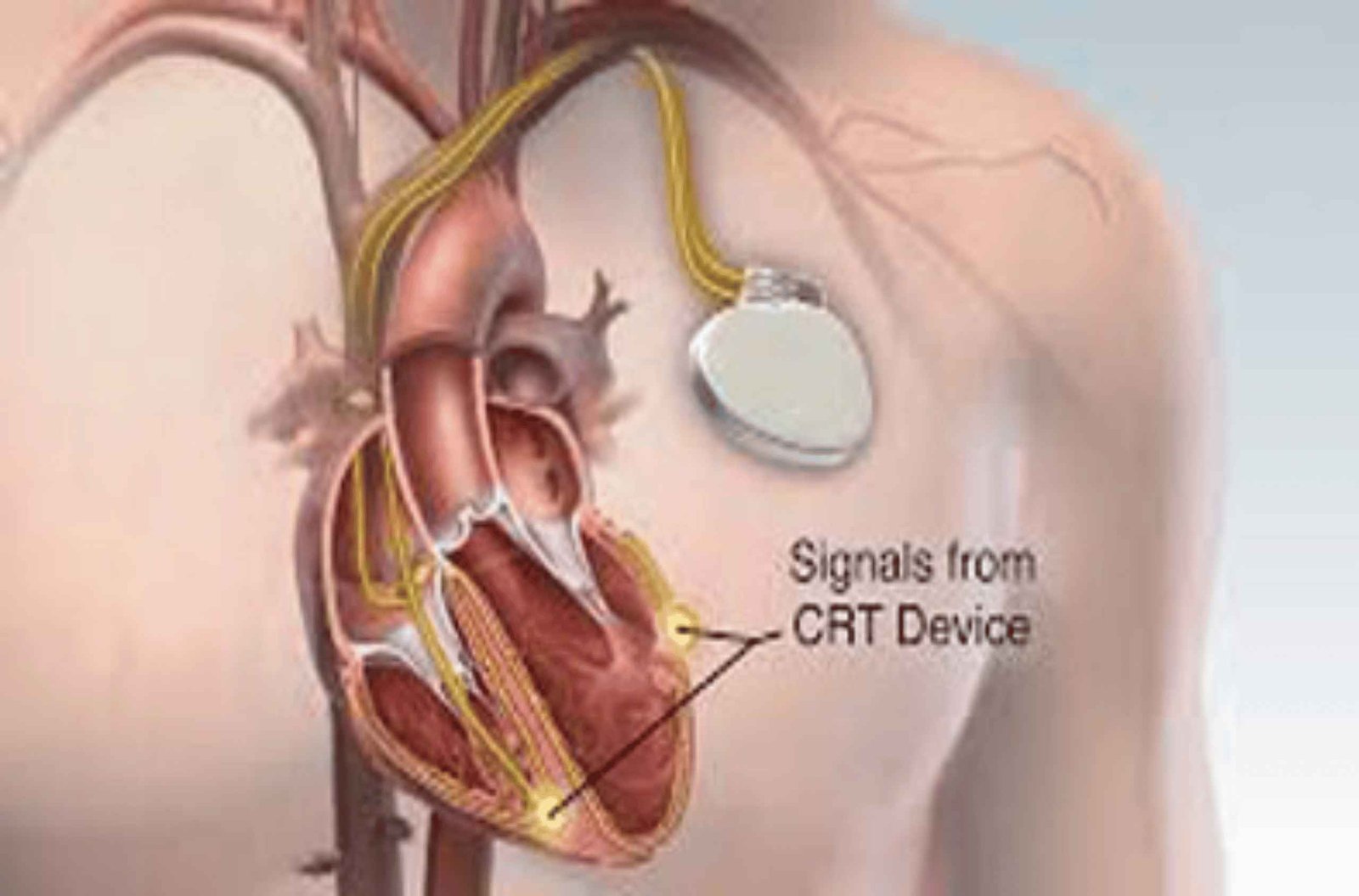
An Automatic Implantable Cardioverter Defibrillator (AICD) is a small, life-saving device implanted under the skin to monitor and treat dangerous heart rhythms. It is primarily used to prevent sudden cardiac death in patients at high risk of life-threatening arrhythmias such as ventricular tachycardia or ventricular fibrillation.
An AICD is similar to a pacemaker but has additional capabilities. While a pacemaker helps maintain a regular heart rate, an AICD continuously monitors the heart’s rhythm and delivers electrical shocks to correct any detected abnormalities. This dual functionality ensures both prevention and intervention for severe arrhythmias.
An AICD is recommended for patients who have:
The implantation procedure for an AICD involves several steps:
The entire procedure typically takes a few hours, and most patients can go home the next day.
An AICD offers several critical benefits, including:
After the implantation, patients need to follow certain guidelines to ensure the device functions properly and to avoid complications:
An AICD is a crucial device for patients at high risk of life-threatening arrhythmias. By continuously monitoring the heart’s rhythm and providing immediate intervention when necessary, it significantly reduces the risk of sudden cardiac death. Under the expert care of healthcare professionals like Dr. Amit, the implantation of an AICD can provide patients with increased safety and peace of mind, allowing them to live fuller, more secure lives.